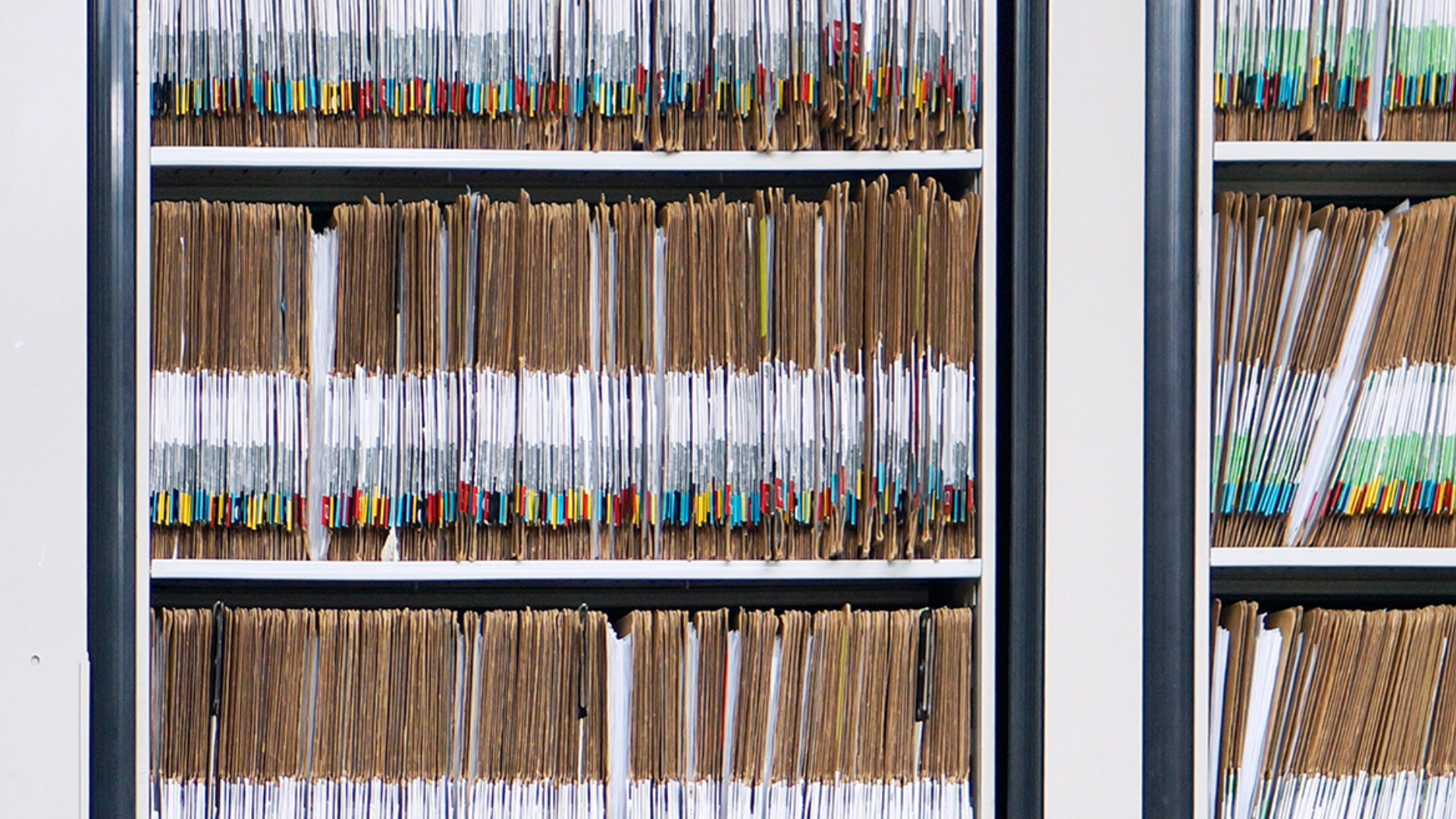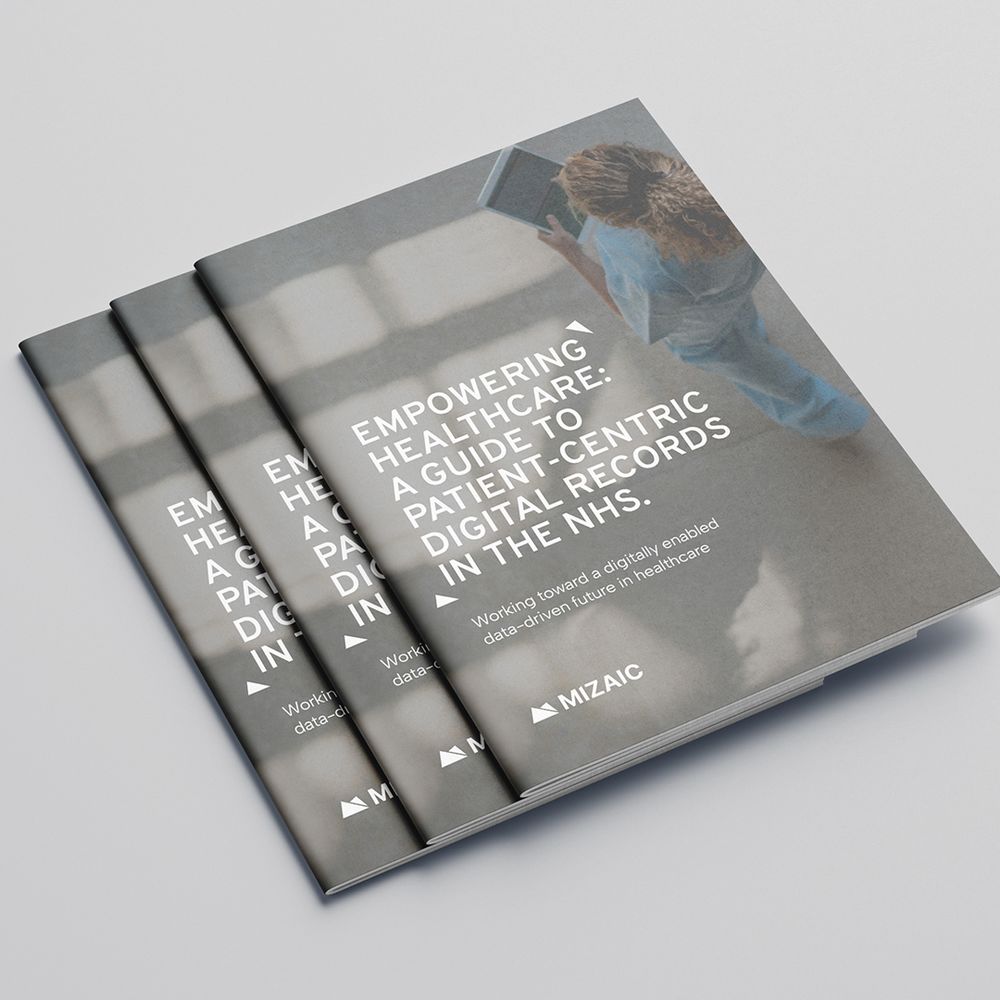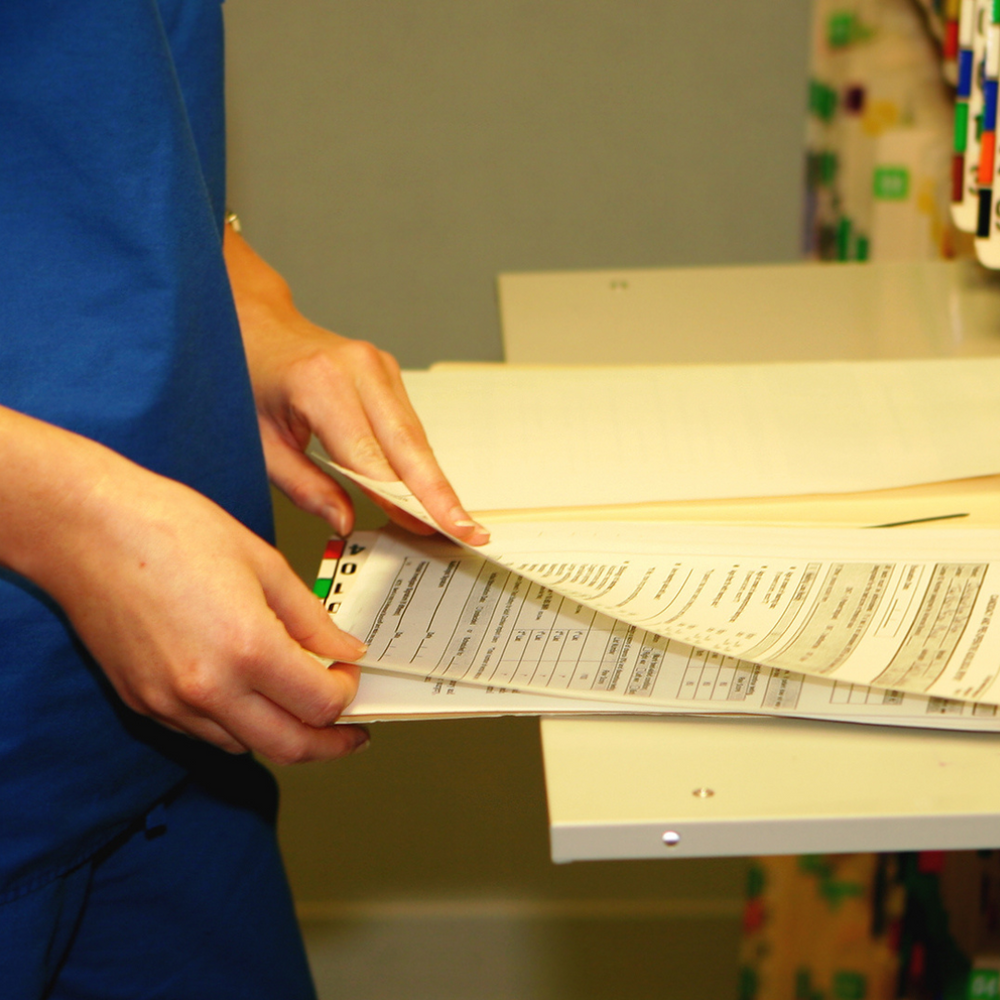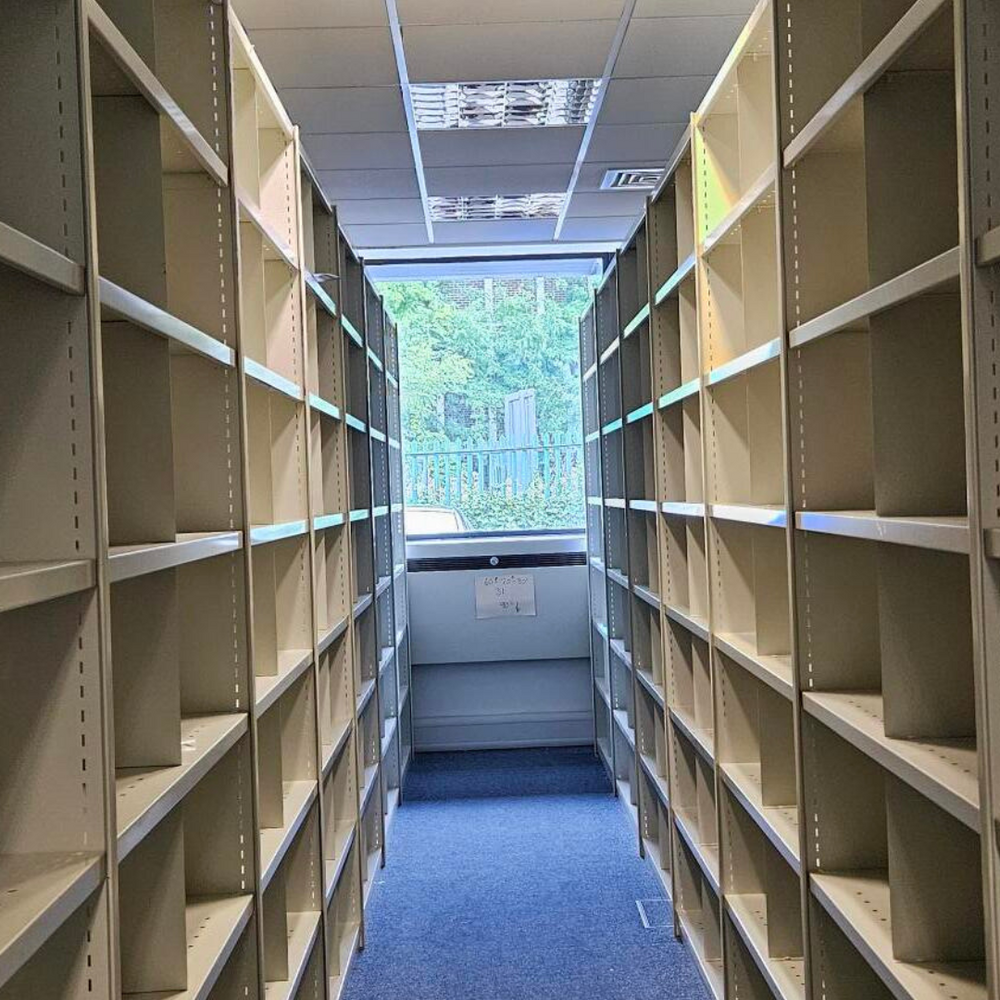
| Blogs
Three reasons your current physical records library is no longer fit for purpose
< Return to the insights hub
Patient records are the holy grail of the healthcare industry. Such valuable information should be protected, but often, this just isn’t the case – resulting in delayed, lost or incomplete medical files.
Patient records are the holy grail of the healthcare industry. Such valuable information should be protected, but often, this just isn’t the case – resulting in delayed, lost or incomplete medical files.
In an age where data can be securely stored online, enabling access from anywhere, at any time, the physical records library is no longer fit for purpose. Here’s why…
1. Unfit storing of records
Although onsite storage can be more beneficial than third party storage due to the advantage of having patient information in the vicinity of care, hospitals face problems with limited capacity. This is because libraries are often spread out across multiple locations, insufficiently resourced and unequipped to cope with the volume of records needing to be stored.
Records libraries can often take up prized clinical space which could be put to much better use if it wasn’t for the abundance of paper records that need to be stored. But when libraries are full or they simply don’t have anywhere else to keep files, hospitals have to resort to using areas which cannot be used for medical purposes (i.e. the basement) or use offsite, third party storage solutions. This is an expensive decision, as costs are incurred not only when records are sent, but also when they are returned for clinical care .
Due to the clinical insignificance of the space, these rooms can often suffer from dampness, water leaks, mould, and sometimes even pests, which can result in damaged records and loss of important medical information. It is also not uncommon for staff to be reluctant to work in these rooms, as the environment that these conditions foster make the spaces unfit for purpose.
Would you willingly put your most valuable assets in a basement? We didn’t think so.
2.Cost of real estate and transportation
Due to the ever-increasing amount of records, trusts also have to rely on expensive offsite storage providers or lease buildings themselves. Some trusts have whole warehouses, which can save costs on utility bills, but creates barriers when it comes to clinicians needing access to files quickly as offsite real estate can be located miles away from the hospital itself.
This adds the cost of transportation between sites and regions to already stretched budgets. We’ve even heard stories of hospitals having to use taxis to deliver records out-of-hours when clinicians are left with no other choice.
Not only does this result in delays, but it also increases the healthcare sector’s carbon footprint. This is not sustainable in any sense, particularly for shrinking budgets and the environment.
3. Delays in sharing and receiving information
Whether records libraries are onsite or offsite, quick and easy access to patient records is limited. Clinicians have to spend time sourcing and retrieving files or facilitate the logistical nightmare of having them delivered from other sites.
This was seen at its worst during the COVID-19 pandemic with isolation times for physical records to ensure the virus didn’t spread. Therefore, files had to be quarantined for a period of three days before sharing and another three days once they’d been received, resulting in massive delays in hospital wards.
Why digitisation is the only way forward
You can see why we advocate for a paperless NHS and the value that an Electronic Document Management System (EDMS) can deliver. With a digital library, hospitals can cut storage and transportation costs and most importantly, access patient information instantly at a click of a button. These are just a few examples of the many benefits that the digitisation of records can bring, provided it is done using the right approach.
Our customers – including London North West Trust, Hillingdon Hospitals Foundation Trust, Northampton General Hospital NHS Trust, Kettering General Hospital, University Hospital Sussex NHS Foundation Trust and the Isle of Man Trust – have digitsed their records effectively and also freed up onsite record libraries to be used for clinical purposes.
If we haven’t convinced you just yet, book a demo with our expert team of former NHS professionals who know a thing or two about the current state of records libraries across the UK and how EDMS can save you blood, sweat and tears when it comes to record storage.
Related posts

guide
The Challenge of Managing Access Requests in NHS Trusts

guide
Empowering healthcare: A guide to patient-centric digital records in the NHS

guide
Building the economic case for an NHS EDMS guide

news
We’ve won 17th place in the Tech200 Awards!

case study
Helping Northumbria Healthcare NHS Foundation Trust digitise 1m+ patient records

case study
Barnsley Hospital achieves digital excellence with partners Mizaic, System C and Iron Mountain

case study
Hillingdon Hospitals NHS Foundation Trust transforms healthcare infrastructure

case study
Helping Northampton General Hospital NHS Trust digitise 200,000+ medical records

case study
London North West University Healthcare NHS Trust celebrates 170,000+ digitsed records
